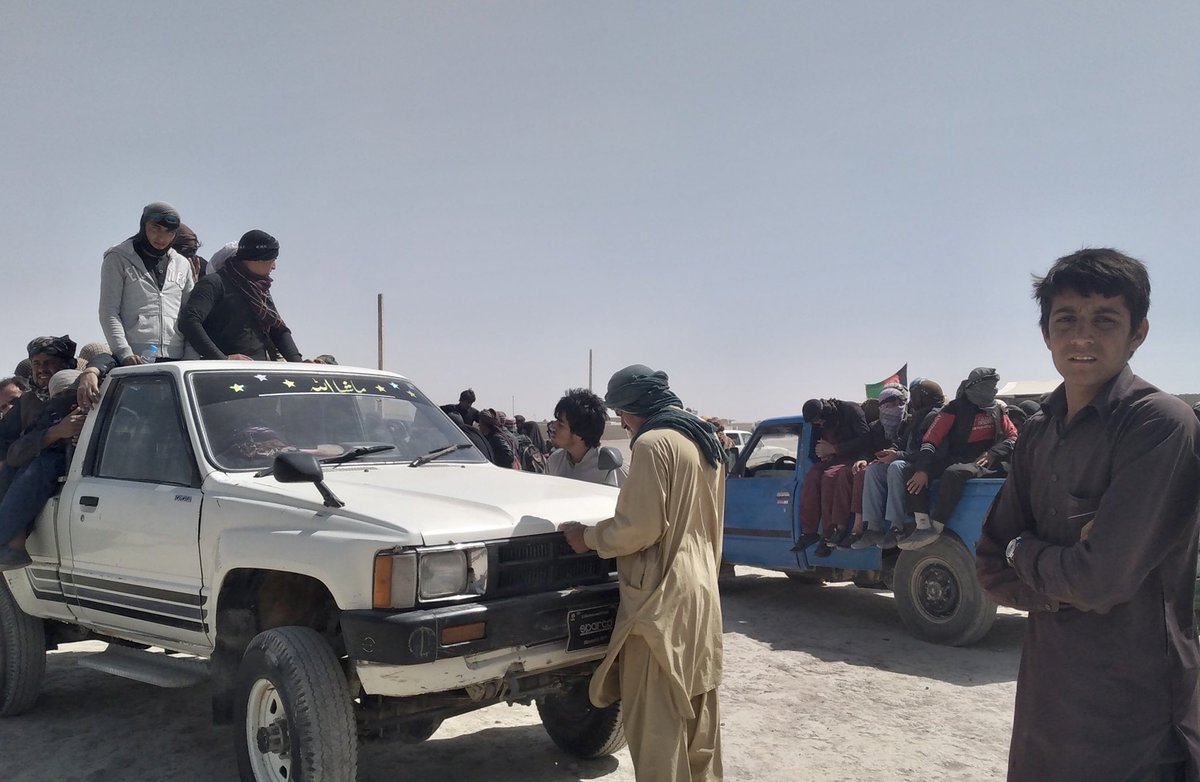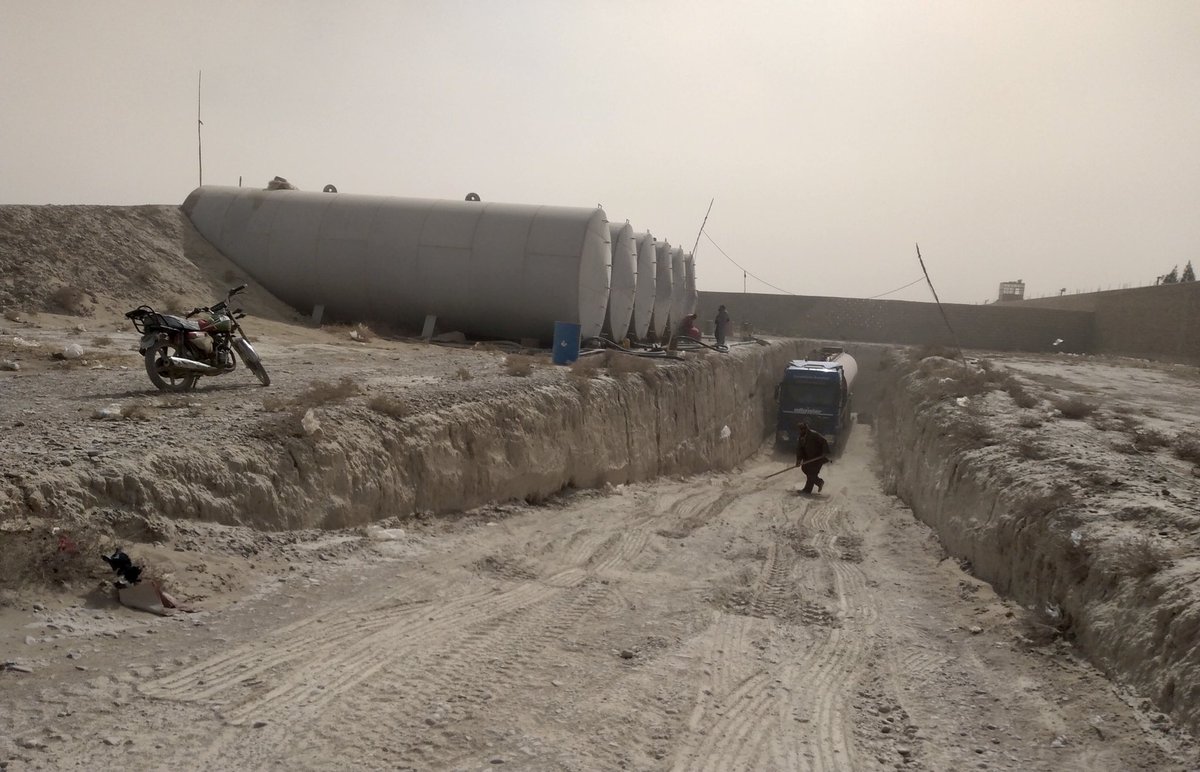
1. This just don’t pass the smell test. Detailed fieldwork with those harvesting, transporting & trading ephedra & with lab owners & workers shows this - like most businesses in Afghanistan is structured around independent entrepreneurs. foreignpolicy.com/2021/07/19/tal…
2. Ephedrine production is a cottage industry that has merged from the shift from the use of OTC to ephedra. Taxes on both ephedrine & meth are marginal @ a few $/kg, so too are profits @ <$30/kg. Taliban tax? Yes. Control? No. emcdda.europa.eu/system/files/p… 



3. Our next report for @L4P_Afghanistan estimates & maps revenues from range of value chains, incl drugs industry (meth & opiates) & shows govt affiliates earn more from drugs than Taliban & Taliban earn 80% of revenue from cross border trade in legal goods. 



4. Further empirical work on meth amongst those directly involved in production in Afghanistan’s rural areas can be found here blogs.lse.ac.uk/usappblog/2019…
5. Here: blogs.lse.ac.uk/usappblog/2019…
6. Along with details of how this work evolved. Finished our 7th iteration of fieldwork that has involved travel from the central mountains in districts of Ghor & Ghazni to the processing areas of Bakwa and Khashrud. Insights from Kabul are often limited. alcis.org/post/afghan-me…
• • •
Missing some Tweet in this thread? You can try to
force a refresh































